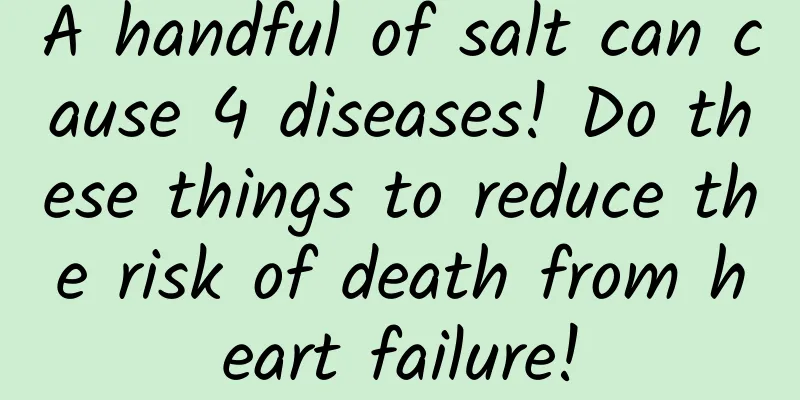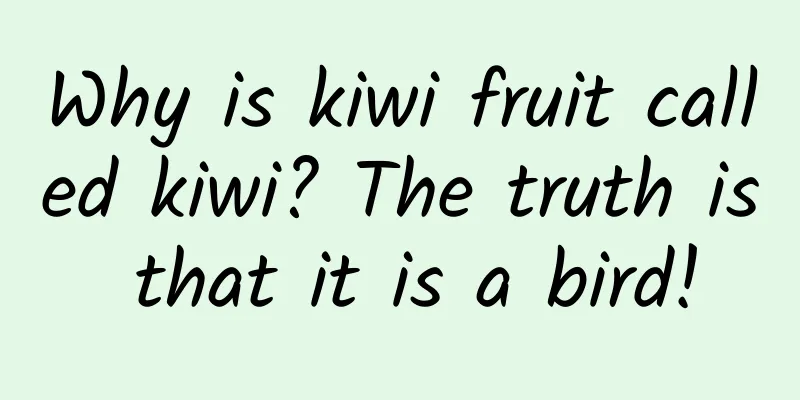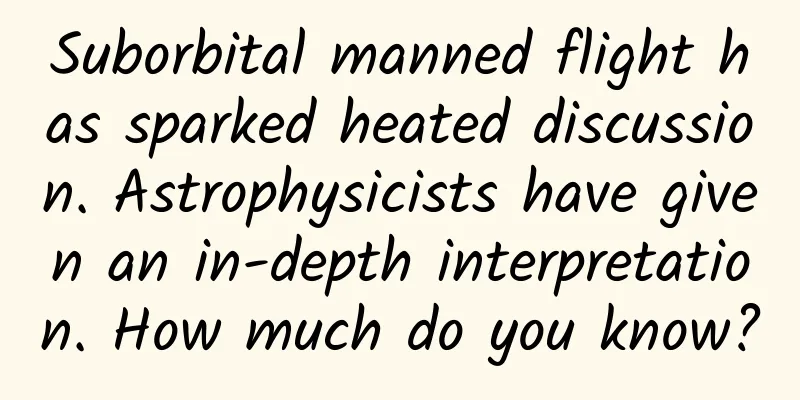A handful of salt can cause 4 diseases! Do these things to reduce the risk of death from heart failure!

|
When it comes to "eating", we have done a lot of addition. We have used deep processing methods such as frying, roasting, deep-frying, sauce, and braising, and have eaten more and more high-oil, high-sugar, high-salt, high-fat, and high-calorie foods. The taste has become heavier, and the diet has become more and more unhealthy, causing many physical diseases. In recent years, we have started to do subtraction, reducing oil, sugar, fat, and carbohydrates. Now, it’s our turn to reduce salt! 01 Global per capita sodium intake is seriously excessive On March 9, 2023, the World Health Organization released the first "Global Report on Reducing Sodium Intake". The report shows that the global average daily sodium intake per person is 4,310 mg (equivalent to 10.8 grams of salt), far exceeding physiological needs and exceeding the World Health Organization's recommended daily sodium intake of 2,000 mg (equivalent to 5 grams of salt). The average daily salt intake of adults in my country is relatively high in the world, at about 11 grams per day. [1] Copyright image, no permission to reprint The report notes that while all 194 WHO member states have pledged to reduce per capita sodium intake by 30% by 2030, only nine countries (Brazil, Chile, Czech Republic, Lithuania, Malaysia, Mexico, Saudi Arabia, Spain and Uruguay) have fully enacted recommended policies to reduce sodium intake. Most countries have yet to adopt any mandatory sodium reduction policies. The report calls on Member States to immediately implement policies to reduce sodium intake and mitigate the harmful effects of excessive salt consumption. 02 Eating too much salt is harmful to health Table salt is the main source of sodium, and "reducing sodium" is often directly expressed as "reducing salt." Salt is the most important flavor. We need it to cook delicious food, and we also need it to maintain growth, development and metabolism. It is a very important electrolyte in the human body and plays a role in maintaining fluid balance. However, excessive intake of salt poses a great risk to health. Unhealthy diet is the leading cause of death and disease worldwide, and excessive salt intake is one of the main culprits. 1. High-salt diet causes cardiovascular disease A high-salt diet is the main risk factor for cardiovascular disease. Excessive salt intake will increase the burden on the heart and cause a significant increase in blood pressure. In severe cases, it can lead to heart failure, heart insufficiency, etc. It will also cause a decrease in vascular elasticity and an increase in cholesterol levels in blood vessels, increasing the risk of coronary atherosclerosis. Copyright image, no permission to reprint A study published in June 2022 by BMJ Nutrition, Prevention & Health, a subsidiary of the British Medical Journal, stated that deaths from cardiovascular disease in my country account for 40% of all deaths. If the average person reduces their salt intake by 1 gram per day, by 2030, 9 million cardiovascular disease patients can be reduced, including about 4 million strokes or deaths caused by cardiovascular disease. [2] If we reach the recommended salt intake target of 5g/day per capita by 2030, we can reduce the average systolic blood pressure of Chinese people by about 7.1mmHg, reduce the risk of ischemic heart disease by 23%, reduce the risk of stroke by 30%, reduce the incidence of cardiovascular disease by 17 million, and save 8 million lives. If this habit is maintained for another 10 years, a total of 18 million Chinese people will be able to avoid deaths from cardiovascular disease. 2. A high-salt diet increases brain damage Previous studies have shown that high blood pressure can cause damage to the brain, and 50% to 60% of high blood pressure is salt-dependent hypertension caused by excessive salt intake. A study published in Cell Reports in 2021 revealed for the first time the impact of salt-dependent hypertension on brain neural activity: if you consume a lot of salt for a long time, the sodium content in your body will remain at a high level for a long time, and vasopressin neurons will become overactive. This mechanism can lead to excessive oxygen deprivation, which can cause damage to brain tissue.[3] 3. High-salt diet increases the risk of stomach cancer The occurrence of gastritis is also closely related to a high-salt diet, because excessive salt intake will irritate the gastric mucosa, damage the stomach wall, increase the possibility of Helicobacter pylori infection, and increase the risk of gastritis and gastric cancer. In 2021, scholars from Harvard University in the United States published a study in Gastroenterology, the official journal of the American Gastroenterological Association (AGA), exploring the relationship between the incidence of gastrointestinal cancer in Chinese people and changes in some risk factors in their lifestyle. The study included data on the lifestyle and gastrointestinal cancer incidence of more than 27,000 individuals. Statistical analysis found that high sodium intake was closely associated with 16.6% of gastric cancer and was the main dietary risk factor for gastric cancer. [4] 4. A high-salt diet increases other health risks In addition, many studies have shown that consuming too much salt will increase the burden on the kidneys, cause edema in the body, lead to obesity, reduce bone density, aggravate asthma, reduce immunity, lead to symptoms such as poor skin quality and dry and falling hair. 03 Beware of "Hidden Salt" in Food Salt is an important condiment. Foods with salty and sour, salty and sweet, salty and fragrant, salty and spicy, and salty and fresh flavors are all so delicious. Salt is also an important preservative. Foods with sufficient salt are not easy to breed bacteria and can be stored for a long time. Salt is also an important ingredient and is added to many condiments and food additives. Therefore, the salt we put into our mouths includes not only the "visible" salt we add to the dishes ourselves, but also the "invisible" salt added to other foods and condiments. But let's take a look at how much hidden salt is contained in the foods we eat regularly. 1. Sauce, soy sauce The salt content of various pastes and soy sauces is very high. 100 grams of soybean paste is equivalent to 15 grams of salt, and 100 grams of soy sauce is equivalent to 15-20 grams of salt. Chicken essence, MSG, soy sauce, dark soy sauce, light soy sauce, vinegar, oyster sauce, ketchup, salad dressing, chili sauce, fermented tofu, chives and other condiments all contain a lot of salt, which are the most common hiding places of "invisible salt". Copyright image, no permission to reprint When we prepare dishes, if we add the above seasonings, we should reduce the amount of salt added accordingly. 2. Bacon, pickled meat, pickles In order to inhibit bacterial growth and prevent corruption, a large amount of salt is used in the production of cured foods such as bacon, pickled meat, and pickled vegetables. The salt content of bacon can be as high as 5-10%, and the salt content of pickled vegetables can be as high as 10%-14%, which is really too high. If we eat these foods on the same day, we should reduce the intake of salt in other foods accordingly. Copyright image, no permission to reprint 3. Noodles, snacks, and beverages Few people notice that the flatbreads, bread, noodles, bun skins, dumpling skins, wonton skins, cakes, ice cream, chocolate, beverages, etc. that we often eat actually have appropriate amounts of salt added during the production process, but these "invisible salts" are the most easily overlooked by us. The amount of salt in a single food may be only a little, but it is not enough to accumulate it in a day, but the amount of salt you consume from these foods is already not small. 4. Snacks and convenience foods Snacks and convenience foods such as dried fruits, candied fruits, dried plums, dried meat, seaweed, biscuits, puffed foods, instant noodles, etc. are also big sources of "invisible salt". Because they not only add a lot of salt in the production process, but also add food additives containing sodium, such as sodium nitrite, sodium polyphosphate, sodium citrate, sodium benzoate, sodium dehydroacetate, etc. When calculating sodium intake, not only the sodium in salt should be counted, but also the sodium in food additives. To limit salt, or more precisely, to limit "sodium". Please remember a simple formula: 1 gram of salt ≈ 400 mg of sodium. For example, 1 small box of crackers, 80 grams, 236 mg sodium, about 0.6 grams of salt; a small bag of plum meat, 20 grams, 620 mg sodium, about 1.5 grams of salt; a bottle of soda water, 330 ml, 40 mg sodium, about 0.1 gram of salt. If you only eat this much snack a day, it may not seem like much, but when you add it all up, you have already consumed 2 grams of salt before you even have your meal. Copyright image, no permission to reprint To this end, the World Health Organization calls on all countries to implement sodium reduction measures, including: 1. Reformulate foods to reduce salt and set targets for sodium content in foods and meals. 2. Develop public food procurement policies to limit high-salt or high-sodium foods in public institutions such as hospitals, schools, workplaces and nursing homes. 3. Implement front-of-pack labeling to help consumers choose foods with lower sodium content. 4. Promote advocacy and media campaigns to reduce the intake of salt or sodium in the public diet. 04 How to reduce salt in your daily diet? To reduce salt intake, we need to manage our daily diet. 1. The easiest way is to choose natural, unprocessed or simply cooked foods. There are many benefits to eating more natural, unprocessed foods or foods that are simply cooked by steaming, boiling, or mixing them cold. Not only do they preserve the natural deliciousness and rich nutrients, they also reduce the intake of oil, salt, and calories. From all aspects, they are worth promoting. However, when eating food that has not been processed at high temperatures, you should pay more attention to cleanliness and hygiene, and beware of microbial contamination and parasitic hazards. 2. Make good use of other seasonings when preparing food When we prepare food, we can use more natural seasonings such as onions, ginger, garlic, chili peppers, and peppercorns to replace salt, soy sauce, chicken essence, and sauces, and use the rich taste of natural seasonings to enhance the flavor of the dishes. Copyright image, no permission to reprint At the same time, there is a little trick. Adding salt just before the dish is served can also maintain the taste of salt in the most efficient way, thus avoiding adding salt multiple times during the cooking process. 3. Pay attention to the sodium content in packaged foods When buying packaged foods, we can't just focus on the calories, fat and sugar content, we also need to pay attention to the sodium content. You can check the nutrition facts on the back of the package and choose foods with lower sodium content. Note that this "sodium" includes both the "sodium" in table salt and the "sodium" in food additives such as sodium nitrite, sodium polyphosphate, sodium citrate, and sodium benzoate. References: [1]World Health Organization. WHO Global Report on Sodium Intake Reduction.2023.3 [2]Monique Tan. et al. Reducing daily salt intake in China by 1 g could prevent almost 9 million cardiovascular events by 2030: a modeling study. BMJ Nutrition Prevention & Health. http://dx.doi.org/10.1136/bmjnph-2021-000408 [3]Ranjan K.Roy. et al. Inverse neurovascular coupling contributes to positive feedback excitation of vasopressin neurons during a systemic homeostatic challenge.Cell Reports.https://doi.org/10.1016/j.celrep.2021.109925 [4]Wu,You et al.Potential Impact of Time Trend of Lifestyle Risk Factors on Burden of Major Gastrointestinal Cancers in China.[J]Gastroenterology,2021:1-12 Produced by | Science Popularization China Author|Zeng Xinyue Popular Science Creator Review | Gao Chao, Associate Researcher, Institute of Nutrition and Health, Chinese Center for Disease Control and Prevention The cover image and the images in this article are from the copyright library Reproduction of image content is not authorized |
<<: [Smart Farmers] Playing the "Ocean Pastoral": What does my country's "blue granary" look like?
Recommend
Hackers are Time Magazine's 2016 Person of the Year: Why
This fall, hackers took millions of Americans off...
[Smart Farmers] Fish and Birds Travel Together: Ecological Paradise in the "Nine Bends and Eighteen Turns"
The Yellow River is the mother river of the Chine...
Searching for the "eyes" underground: seismic exploration technology
There is a way to do a "physical examination...
The May Day brand traffic grab
As the May Day holiday approaches, various indust...
Want to do a marketing activity but don’t know how to write a plan? Check out this article!
Many people always feel like they don’t know wher...
If this group of people are infected with influenza, use cough suppressants with caution! Symptoms may be masked
The year just passed There has been a lot of news...
SAIC Volkswagen Teramont debuts
At this year's Guangzhou Auto Show, SAIC Volk...
Drinking 3 cups of hot water from a disposable paper cup may damage your immunity?
In daily life Plastics are everywhere From takeaw...
What is the significance of "culturing human pluripotent stem cells from induced somatic cells" to humans?
Recently, the latest achievement of Chinese scien...
Fingerprints become useless when they peel off. Which biometric identification is the most reliable?
Biometric technology has reached a new climax. So...
ClickHouse application practice and principle analysis
Course Description ClickHouse is an open source c...
Can cold brewed tea and hot tea taste the same when cooled?
When Chinese people entertain guests, they often ...
Apple iOS 14.8/iOS 15.x will soon launch App Privacy Report: All App behaviors will be clearly visible
[[428338]] IT Home reported on October 12 that ac...
Shocking secrets! Starting from Thread, revealing the tricks of Android thread communication and the conspiracy of the main thread
Background In the process of Android development,...
KOC Creation Guide
Recently, the operation circle has been talking a...









